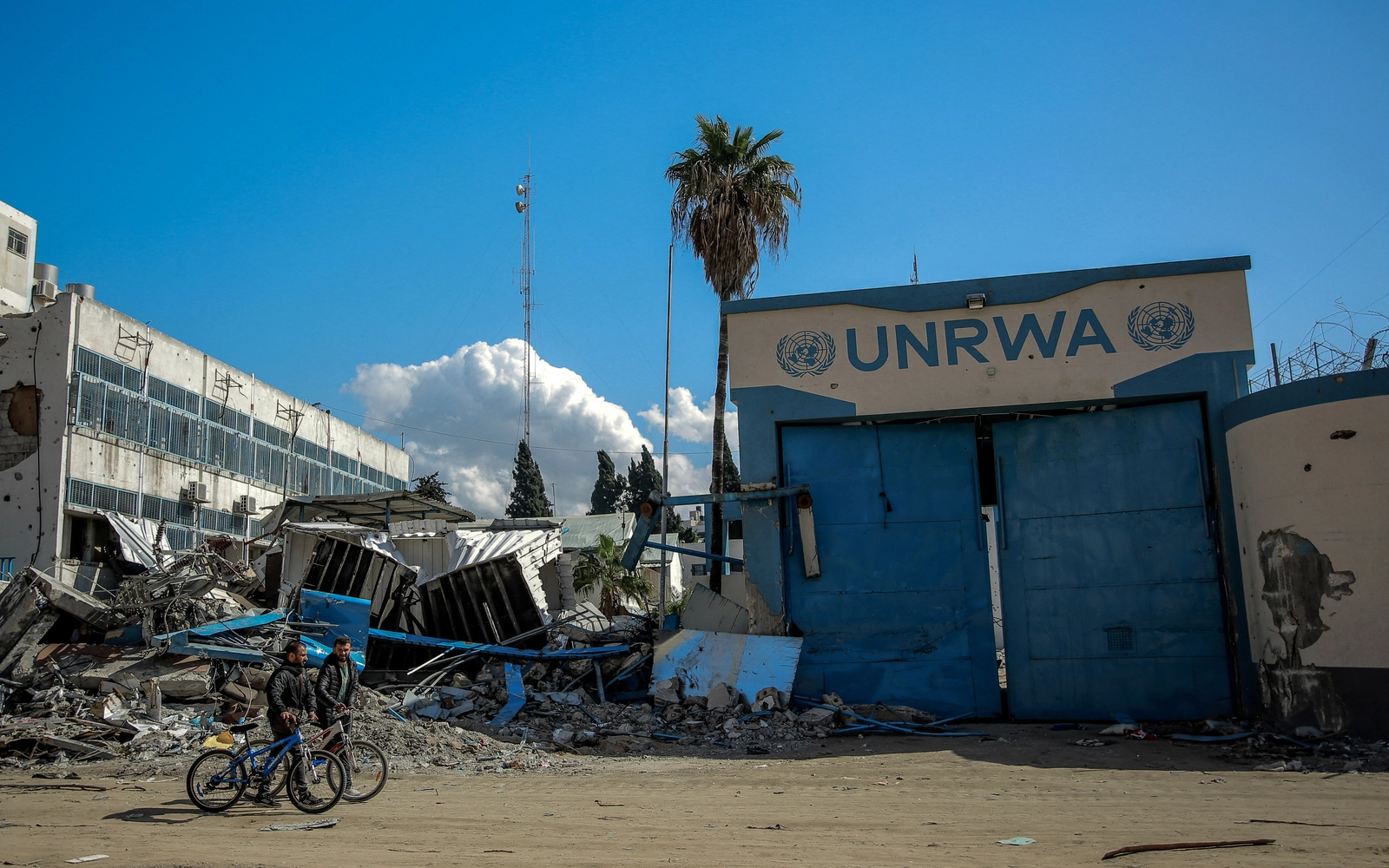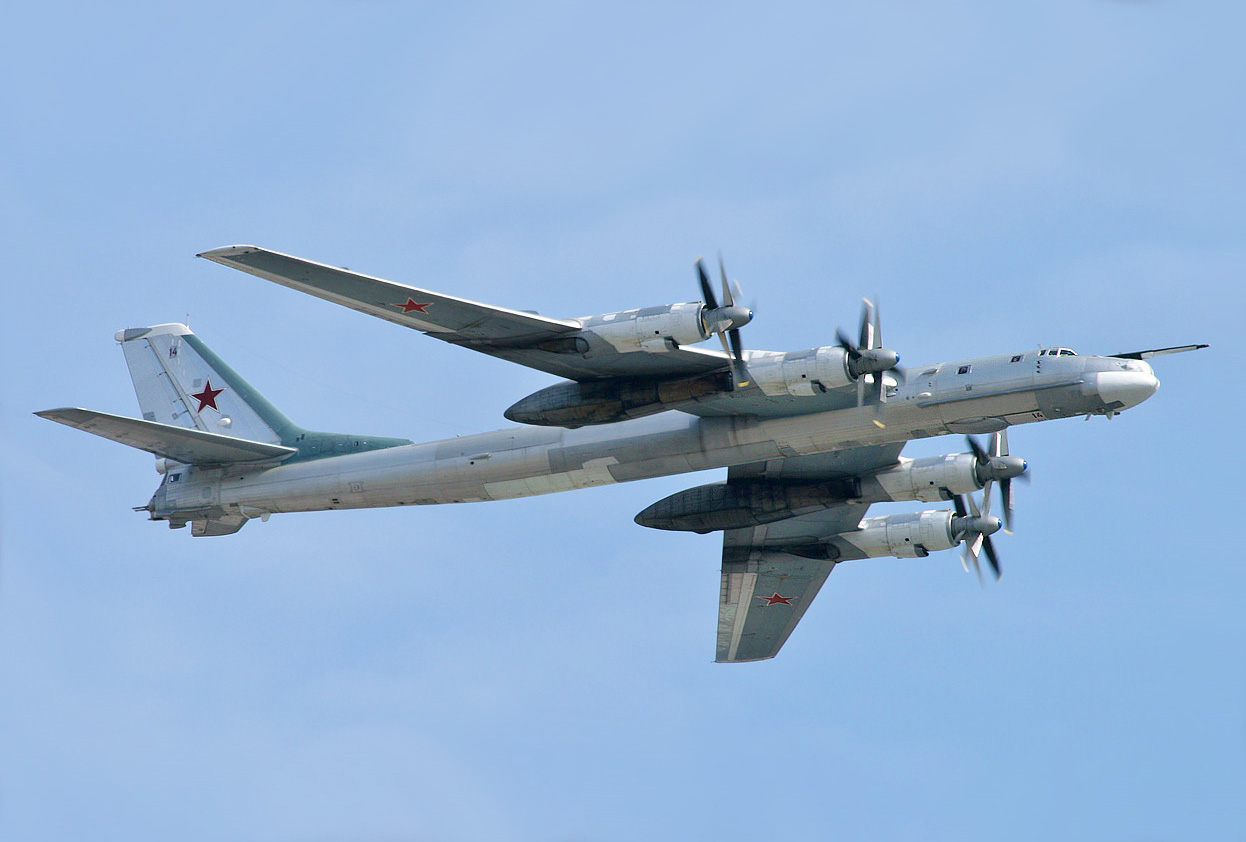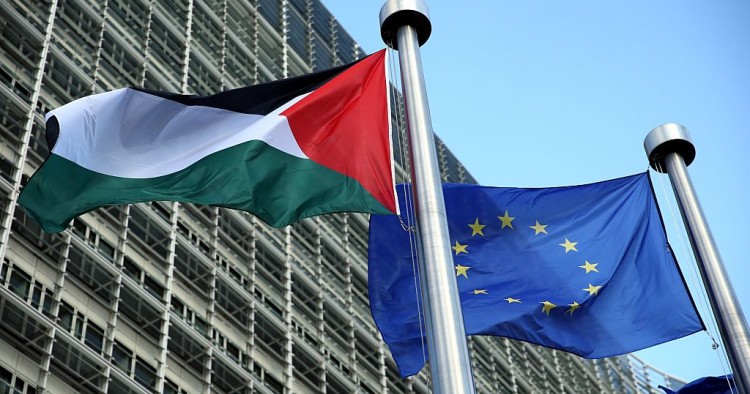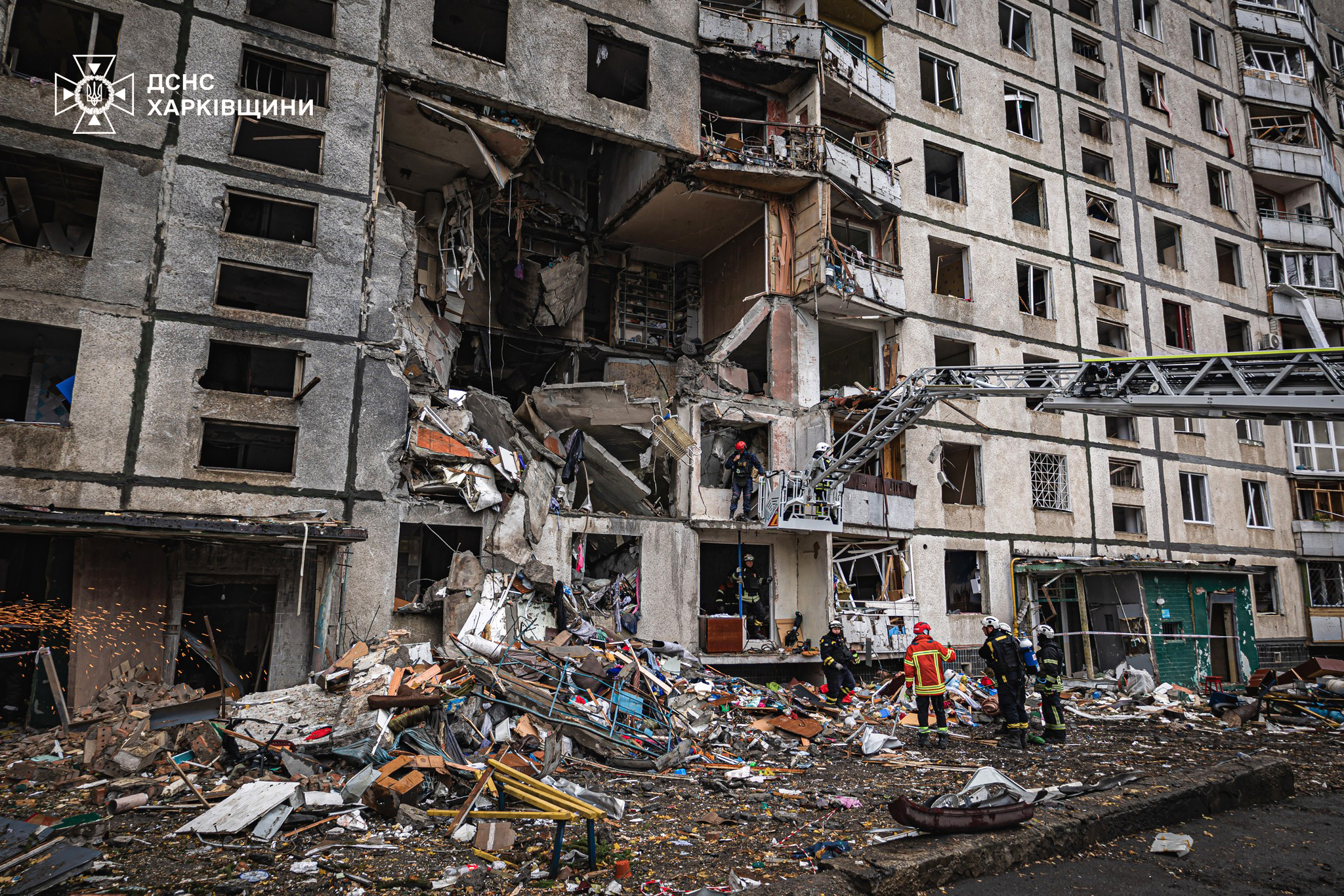The war that erupted between India and Pakistan in May 2025 may have shocked those with only a passing interest in geopolitics, but for anyone familiar with the history of the subcontinent, it was never a question of if, only when. The events of the last several weeks did not arise from nowhere. They are the latest ignition in a long-simmering conflict that has defined the post-colonial identities of both nations and shaped the lives of millions in Kashmir and beyond.
The Roots of a Divided Land
When British India was partitioned in 1947, it created two nations: a secular but Hindu-majority India and an Islamic Pakistan. The princely state of Jammu and Kashmir, whose population was majority Muslim but ruled by a Hindu Maharaja, became the immediate flashpoint. The Maharaja’s decision to accede to India sparked the first Indo-Pakistani War. That war ended in 1949 with a UN-mediated ceasefire that left Kashmir divided, but contested.
What followed were decades of hostility, marked by three more major wars, cross-border skirmishes, proxy conflicts, and a constant arms race. Most notably, both countries became nuclear powers in 1998, turning their rivalry into one of the world’s most dangerous.
Recurring Patterns of Violence
From the Kargil War of 1999 to the Pulwama attack in 2019, every major flashpoint has followed a pattern. A terror attack or incursion occurs. India blames Pakistan or its proxies. Pakistan denies responsibility. India retaliates militarily. The world calls for calm. A ceasefire is agreed. Then, nothing changes.
In 2025, this same pattern repeated with tragic precision.
The Spark in Pahalgam
On April 22, a bomb exploded in Pahalgam, a popular tourist town in Indian-administered Kashmir. The blast killed 26 civilians, 25 of whom were Indian tourists. India immediately blamed the attack on The Resistance Front, a group it claims is a front for the Pakistan-based Lashkar-e-Taiba. Pakistan denied involvement, calling the attack a false flag and accusing India of using it as a pretext for aggression.
India wasted no time. Within days, it launched Operation Sindoor, a campaign of missile and drone strikes against what it claimed were terror camps and militant strongholds in Pakistan and Pakistan-administered Kashmir. India claimed to have eliminated more than 100 militants. Pakistan retaliated by downing five Indian aircraft and launching its own strikes.
Escalation and Ceasefire
For nearly a week, the conflict teetered on the edge of full-scale war. With both sides exchanging fire and civilian casualties mounting, global concern rose. The United States claims to have been involved in behind-the-scenes diplomacy, but India insisted that the ceasefire on May 10 came as a result of direct military-to-military communication.
Despite the announcement of a ceasefire, the fighting resumed within hours, with both India and Pakistan accusing each other of breaking the agreement. The damage was already done, and the notion that hostilities had truly ceased was quickly disproven. Cities were shelled. Families displaced. More than 300 people were dead, with hundreds more injured.
International Law and India’s Role
India’s decision to launch airstrikes in response to the Pahalgam bombing constituted a breach of international law. After accusing Pakistan of either complicity or negligence in the attack, India initiated Operation Sindoor, targeting sites it claimed were terror camps within Pakistani territory. Under Article 2(4) of the United Nations Charter, member states are prohibited from using force against the territorial integrity or political independence of any state, except in cases of self-defense or with Security Council authorization. India launched its attacks without either, setting a dangerous precedent. Similar violations in the past, such as the 2019 Balakot airstrike or the 1999 Kargil conflict, drew international concern but ultimately resulted in little accountability. This pattern has emboldened states to act with impunity, knowing that diplomatic consequences are rare and often toothless. India’s actions, taken unilaterally and without clear verification, were a clear violation of international law.
Moreover, India refused diplomatic options. No effort was made to bring the matter to international forums. There was no attempt at verification of claims or international mediation. The decision was made to act first, justify later, and control the narrative in the global media. By the time the ceasefire was in place, the world had already absorbed the story India wanted to tell.
The Unresolved Question of Kashmir
At the center of this conflict is a land long denied peace. Kashmir is not simply a piece of disputed territory. It is home to people who have lived for generations under the threat of war, occupation, and insurgency. India has imposed repeated crackdowns, communications blackouts, and detentions in the region. Pakistan has supported proxy fighters while claiming to speak for Kashmiris.
Neither country has made meaningful moves toward a resolution that centers the Kashmiri people themselves.
What Comes Next
Though official statements declared a ceasefire, gunfire and shelling resumed within hours, casting serious doubt on any real pause in hostilities. The structural causes of the conflict remain fully intact. India’s growing military assertiveness and Pakistan’s refusal to acknowledge its proxy networks continue to fuel a dangerous cycle. With both nations armed with nuclear weapons, each escalation carries the risk of regional collapse and global catastrophe.
The 2025 war may appear to have ended, but the ceasefire was fleeting and largely ineffective, making any declaration of peace premature at best. And unless the international community confronts the impunity of states that choose war over law, we will be back here again.
Kashmir will remain the flashpoint. And history will continue to repeat itself.
Author
Discover more from The Crustian Daily
Subscribe to get the latest posts sent to your email.













